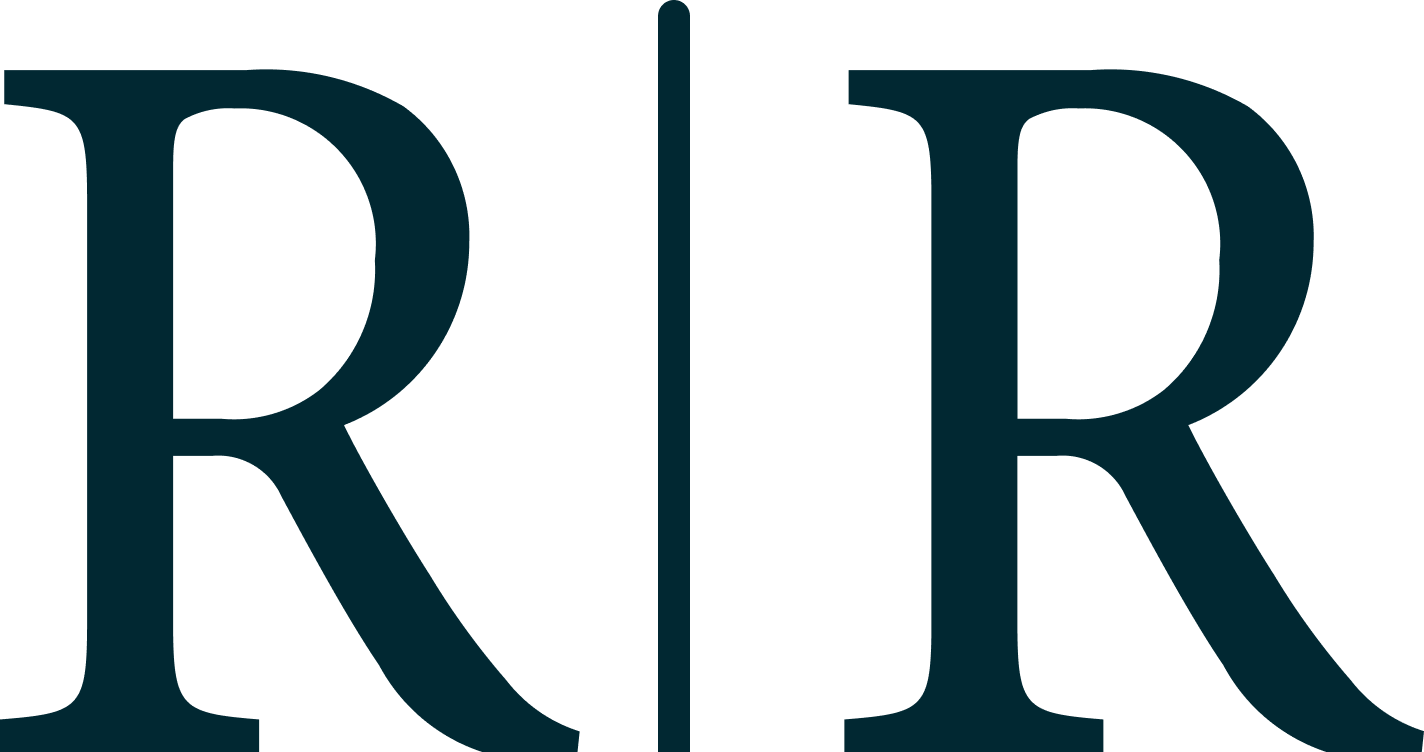From market trends to expert perspectives, our latest articles and resources are designed to keep you informed, inspired, and confident in navigating today’s financial landscape. Explore the topics that matter most to your goals and discover practical strategies for building a stronger financial future.



